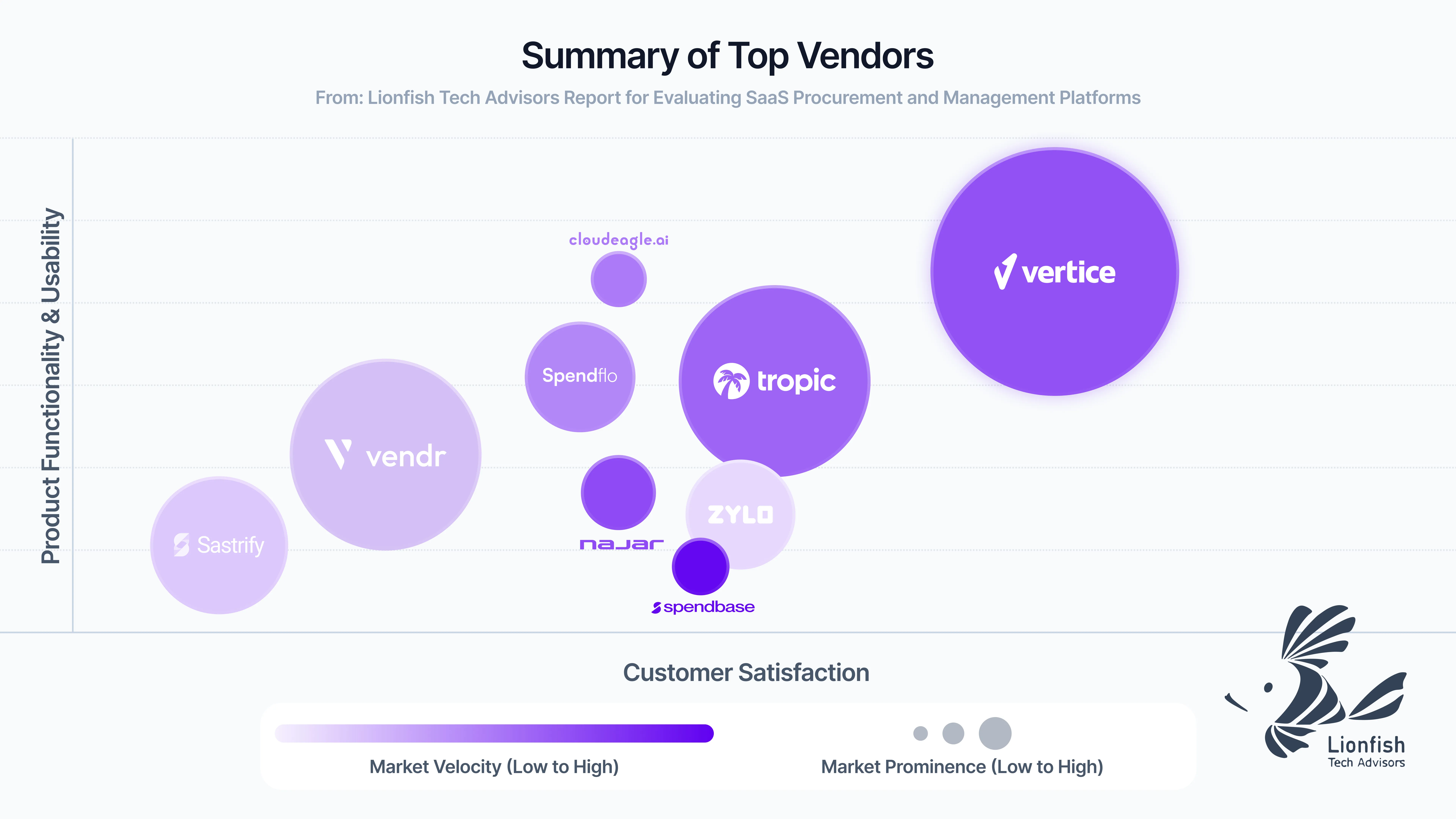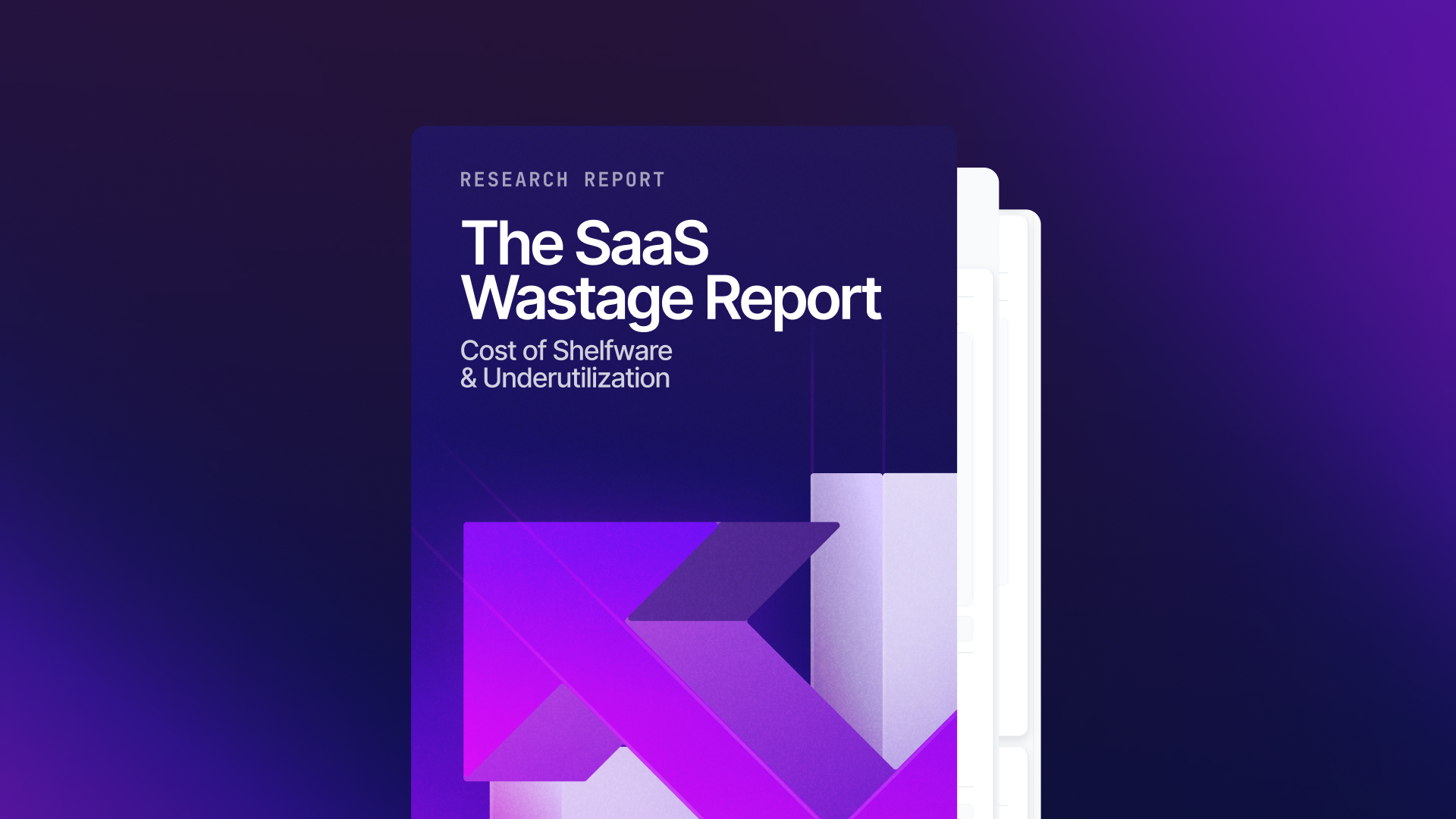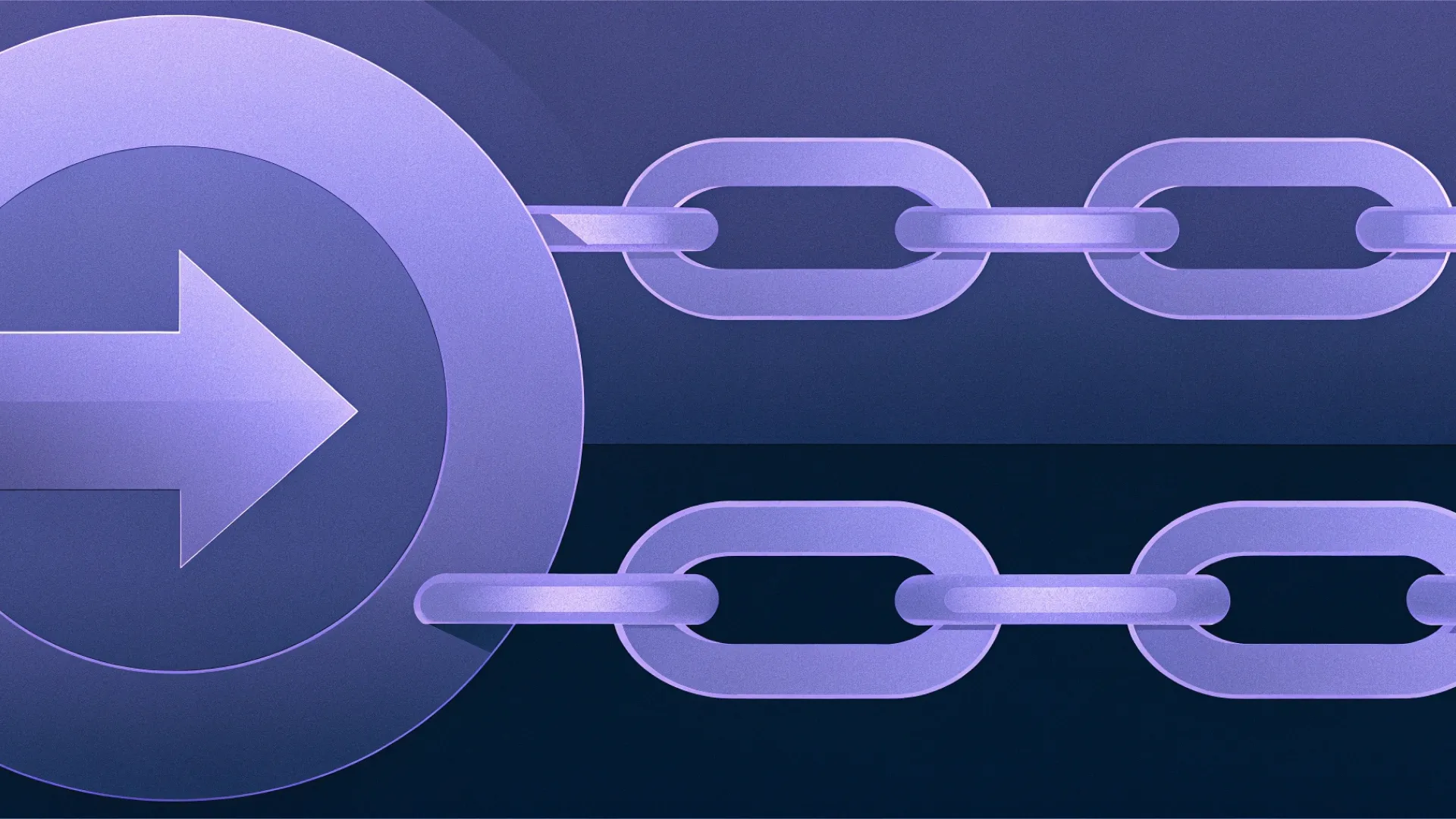How to achieve a lean SaaS tech stack and eliminate software bloat




Take a self-guided tour of the platform.
Ready to eliminate preventable SaaS spend?
See why Vertice is trusted by top procurement leaders.
Discover proven steps to cut waste, boost ROI, and reinvest in what actually drives growth.



For the past decade, business leaders have been told to “go digital” in a bid to boost productivity and unlock new opportunities for growth.
Because of this, most organizations have been adding more applications to their SaaS stack — and now, the average company deploys as many as 134 different software applications. But could it be time to cut back?
Countless organizations’ SaaS tech stacks have been proliferating at an unsustainable rate, often without any centralization or oversight. In fact, SaaS now takes up as much as 14% of total business spend, which has caused a domino effect of consequences including depleted IT budgets, decentralized purchasing behavior, and poor portfolio visibility, among other challenges.
Ironically, a bloated software stack can actually start to cause the same problems for businesses that digital tools were brought in to address — slowing down productivity and driving up costs.
But just what’s causing this to happen? And what can be done about it?
Below, we’ve covered everything you need to know about the causes of software bloat and how you can manage it.
What is software bloat?
Software bloat refers to the accumulation of many software applications in an organization’s SaaS tech stack that are often redundant or underutilized. It typically occurs gradually, as different teams adopt new SaaS systems to address their needs and fulfil work responsibilities.
And it’s affecting practically every modern organization.
Our own data indicates that software stacks within the average company are growing by 18% each year, with staff leveraging SaaS to coordinate everything from sales to HR processes. But even though these tools are typically procured to automate, streamline, and organize a team’s workflows for the better, they can come at a cost.
If an organization’s software sprawl goes unaddressed, it can lead to a portfolio with overlapping functionalities, increased subscription costs, and challenges both for operational efficiency and spend management.
This poses a substantial risk to an organization's IT budget, particularly in the current climate of rising SaaS costs. Each year, SaaS prices are increasing by 13% and rapidly outpacing the market rate of inflation. So, as subscriptions, memberships, and licenses continue to pile up, the proliferation of digital tools could pose a threat to your bottom line.
What causes a bloated software stack?
To address the software bloat taking hold at your organization, you’ll first need to understand some of its root causes. Here’s what to be aware of:
- Maverick buying of SaaS solutions – Unauthorized software purchases by employees lead to redundant tools and decentralized procurement.
- Feature overlap – Multiple tools with similar functionality inflate the stack, contributing to underutilization, shelfware, and preventable costs.
- Duplicate software – Teams often pay for the same tool multiple times due to the lack of centralized procurement and SaaS visibility.
- SaaS license overprovisioning – Companies overspend on unused or underused licenses by overestimating needs or choosing the wrong plans.
- Too much choice – Companies often chase trends or buy familiar tools, leading to stack sprawl.
How to achieve a lean SaaS tech stack
The solution to a bloated software stack is to make strategic changes to your portfolio that trim some of the ‘dead weight’ tools draining your money and time.Here are our top tips for reducing SaaS sprawl and achieving a lean software stack that provides a healthy return on investment.
1. Consolidate redundant tools
To create and sustain a lean SaaS tech stack, you’ll first need to review your existing portfolio. This is typically done by the process of application rationalization, which is a dedicated audit of each of your SaaS tools — namely, their active licenses, terms, and all associated costs.
Application rationalization helps identify redundant software solutions that can be consolidated or eliminated, on account of overlapping functionality, underutilization, or otherwise poor return on investment.Then, with renewed visibility on your software stack, you’ll be better equipped to negotiate best-fit contract terms and pricing discounts with vendors.
2. Refine your procurement process
To prevent software bloating, your business must establish a centralized procurement process that passes approval through the appropriate channels — for example, the IT department, or a dedicated procurement team.
With a signposted procurement process in place, any new tool can be assessed for its value and suitability in the context of the wider SaaS tech stack.
Otherwise, purchases are more likely to happen without the organization’s knowledge or consent, resulting in shadow IT and unnecessary additions to the software portfolio. This is a real risk — while many of your business tools might be essential, others could be providing very little value compared to their cost, as reflected in low rates of utilization for certain products.Investing in consolidation-led software could be a wise strategic move for companies deploying too many disparate tools. This refers to applications that combine various different services into a comprehensive suite, such as a CRM or ERP system.
3. Track usage and auto-renewals
Streamlined software license management ensures that your well-oiled portfolio of tools never succumbs to software bloat. Organizations should aim to centralize all governance of licences and user access through one unified platform, to reduce the administrative burden of managing pending renewals and any necessary cancellations.
Taking this approach, you can discover and monitor SaaS usage on an ongoing basis, helping to inform decision making when auditing your portfolio. Plus, you can supervise and address any unwanted auto-renewals.
With 89% of SaaS vendors including these clauses in their software contracts, there’s every chance that you could be subscribing to an unused or over-provisioned contract that shouldn’t be renewed on its existing terms. In fact, 16% of SaaS users are on a higher tier plan than they need to be based on their usage requirements. By monitoring your renewals, you can prevent this unnecessary spending and downsize or terminate your plans accordingly, stopping software bloat in its tracks.,
Manage your SaaS tech stack with Vertice and prevent software bloat
After years of unmanageable SaaS proliferation, organizations are now experiencing some of the consequences of bloated software. To bring your ROI and productivity back up to scratch, you’ll need a comprehensive SaaS management strategy — and that’s where we can help.
Through Vertice's SaaS purchasing platform, you can gain unparalleled visibility into your entire software portfolio. We’ll help you identify instances of bloated software, underutilized licenses, and wasted spend.
See for yourself how Vertice helped one company optimize its SaaS stack and save as much as $155,000 on a single contract. Alternatively, find out just how much you could be saving with a free cost-savings audit.
.webp)













.webp)



